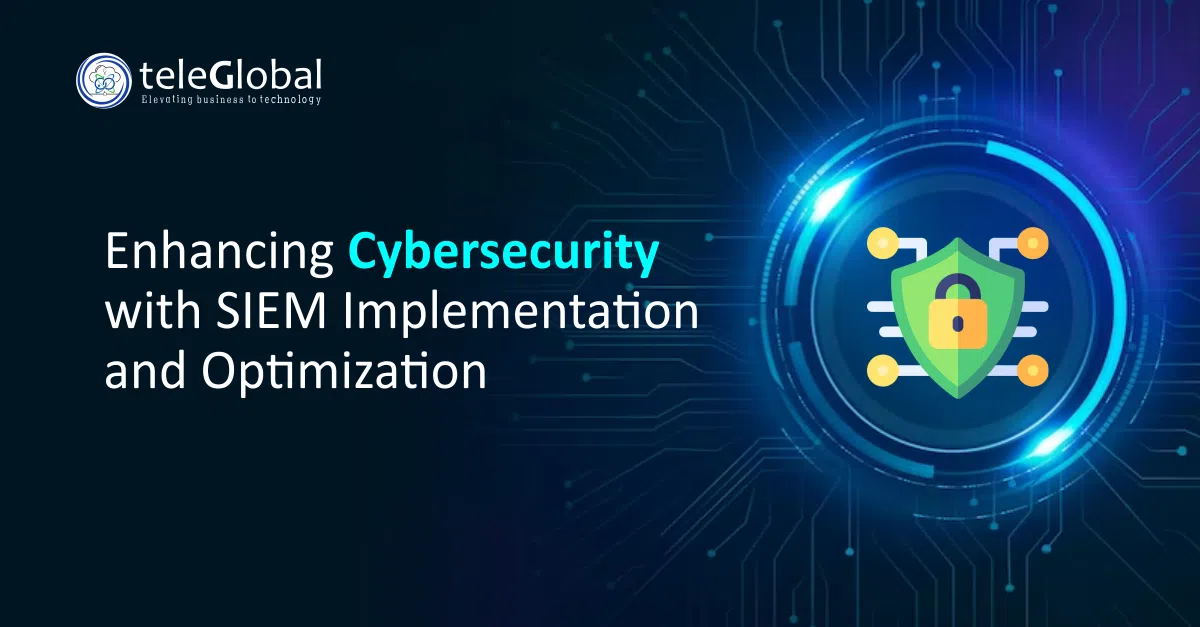Problem Statement:
One of the leading financial institution, faced escalating cybersecurity threats and needed a robust solution to monitor, detect, and respond to potential security incidents. This case study details the successful deployment and utilization of a SIEM solution, showcasing its effectiveness in strengthening the organization’s security posture.
Challenges:
- Increasing Cybersecurity Incidents:
- Financial insitution has experienced a surge in cybersecurity incidents, including unauthorized access attempts, malware infections, and suspicious network activities.
- Lack of Centralized Monitoring:
- The absence of a comprehensive Security Information and Event Management (SIEM) solution results in disparate security data sources, hindering real-time monitoring and threat detection.
- Manual Incident Response Processes:
- The current incident response processes are largely manual, leading to delays in identifying and mitigating security incidents. This manual approach poses a risk of overlooking critical threats.
- Compliance Concerns:
- The organization struggles to meet compliance requirements due to the absence of a centralized system for log management, monitoring, and reporting.
Solution:
SIEM Implementation:
- Selection of SIEM Solution:
- After careful evaluation, we have choose Splunk Enterprise Security as its SIEM solution due to its scalability, advanced analytics, and integration capabilities.
- Architecture:
- Deployed Splunk Enterprise Security on-premises with distributed components.
- Integrated with various data sources, including firewalls, IDS/IPS, antivirus, and Active Directory.
- Configuration:
- Defined correlation rules to identify potential security incidents.
- Tuned SIEM alerts to reduce false positives.
- Established data retention policies and compliance monitoring.
Incident Detection and Response:
- Real-Time Monitoring:
- Configured real-time dashboards to monitor network and system activities.
- Established baseline behavior for users and systems.
- Use Cases:
- Developed custom use cases to detect specific threats relevant to XYZ Corporation’s environment.
- Integrated threat intelligence feeds for proactive detection.
- Incident Response Workflow:
- Automated incident response workflows using playbooks in Splunk Phantom.
- Orchestrated responses to common incidents, reducing response times.
Case Study Scenario:
- Incident Occurrence:
- An alert was triggered for an unusually high number of failed login attempts from a privileged user account.
- Investigation:
- SIEM dashboards were used to correlate the event with other anomalies.
- Historical data analysis revealed a potential credential stuffing attack.
- Response:
- Automated response triggered a temporary account lockout.
- Incident response team investigated the source IP and identified it as a compromised system.
Outcomes:
- Efficient Incident Response:
- SIEM implementation significantly reduced incident response times.
- Automated playbooks streamlined repetitive tasks.
- Reduced False Positives:
- Continuous tuning and refinement of correlation rules minimized false positives.
- Enhanced accuracy in identifying true security incidents.
- Compliance Improvement:
- Centralized log management and reporting facilitated compliance with regulatory requirements.
Conclusion:
The implementation of a SIEM solution, specifically Splunk Enterprise Security, resulted in a more resilient cybersecurity posture. By leveraging real-time monitoring, advanced analytics, and automated incident response, the organization effectively mitigated threats and reduced the impact of security incidents. The SIEM deployment not only enhanced security but also improved compliance and overall operational efficiency.









































